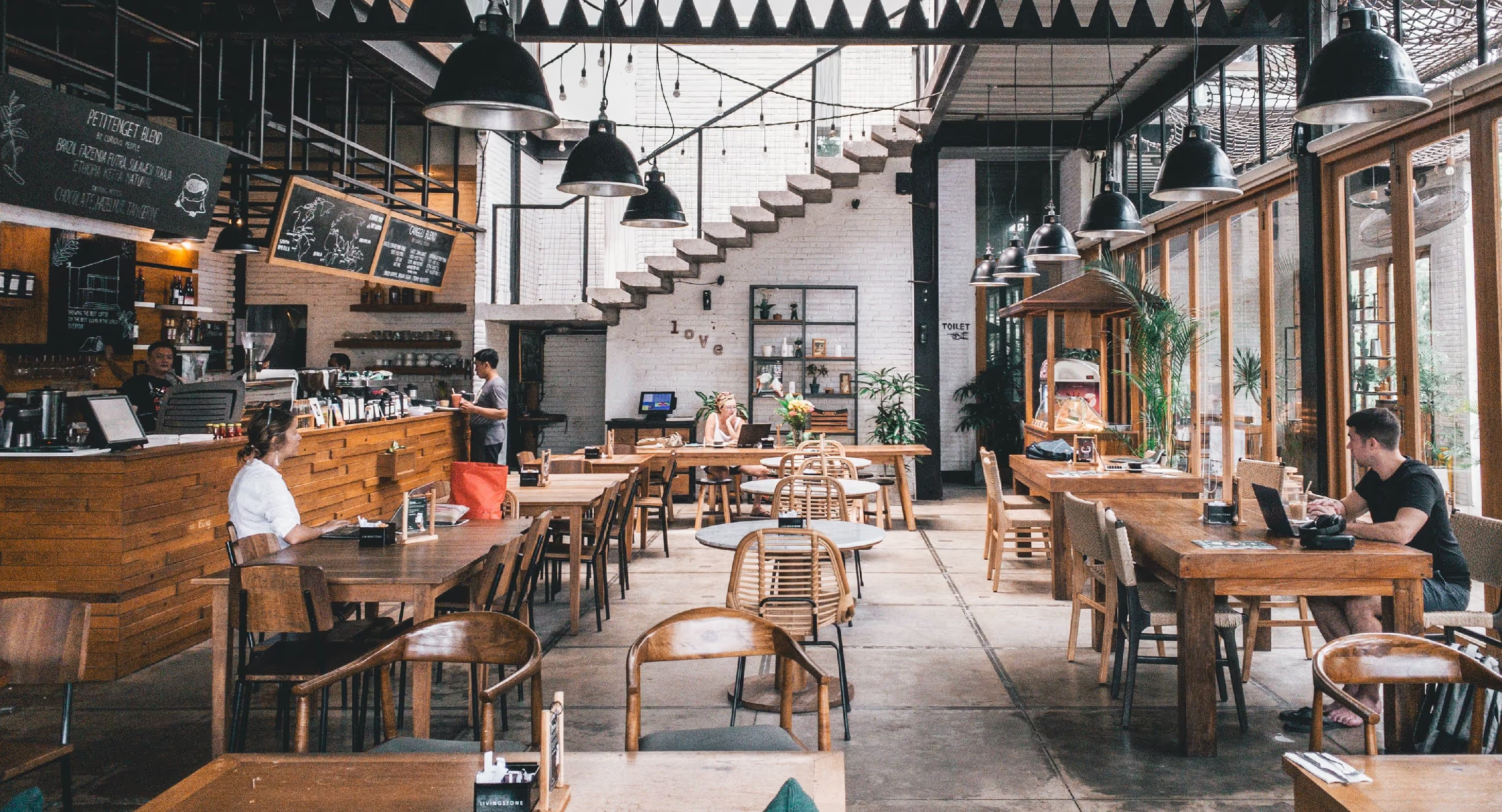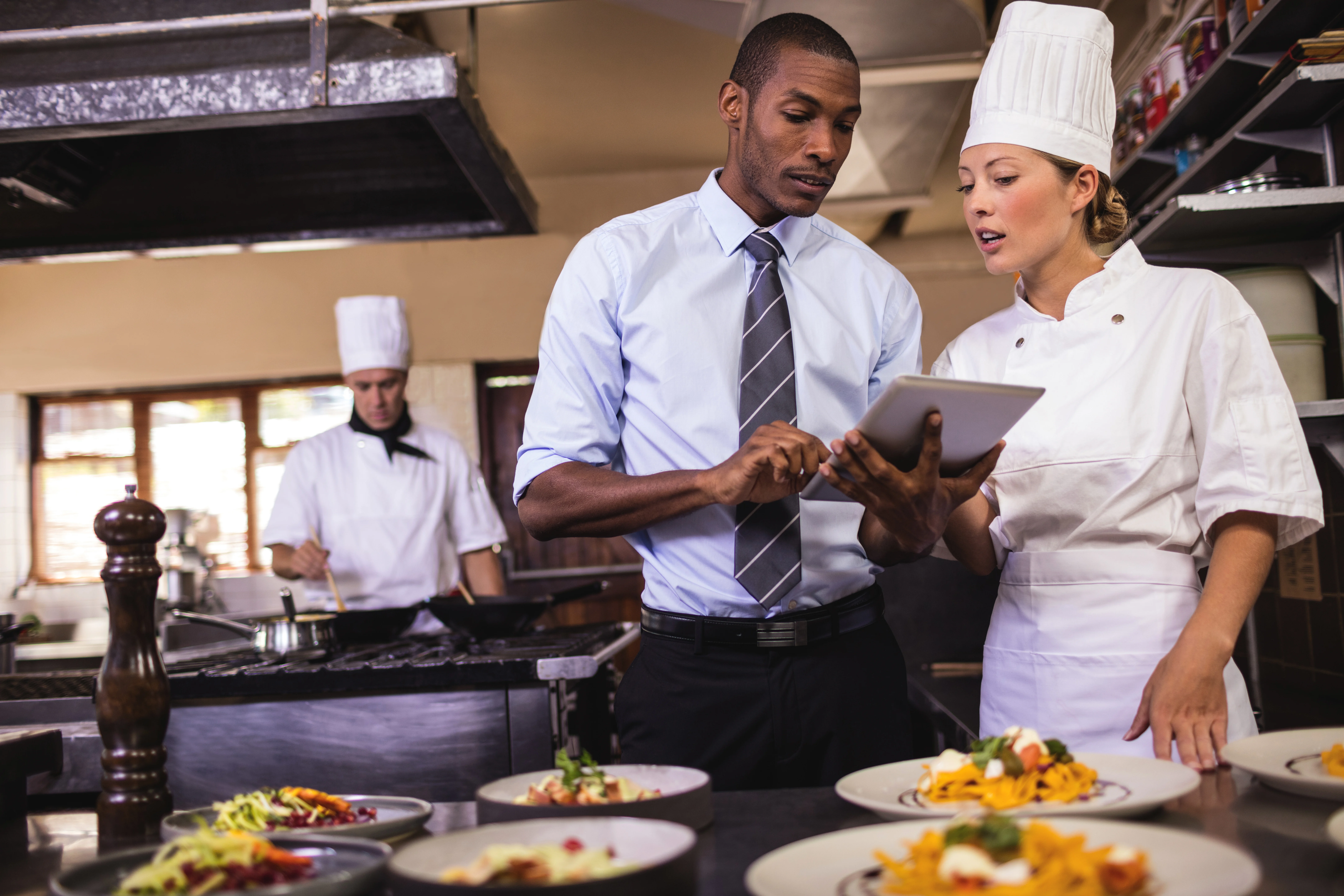Five Important Ways the Restaurant and Fast-Food Industry Is Changing
If ever there was a time for the restaurant industry to flex its creativity, it’s been over the past year. It’s crucial for restaurateurs to stay aware of industry trends, so we’ve rounded up the top changes shaping the restaurant and fast-food sectors like never before.
Cloud Kitchens
Cloud kitchens, also known as dark, delivery, ghost, or virtual kitchens, are essentially virtual restaurants that operate multiple brands from one centralized location, servicing customers who order online. While not a new concept in South Africa, the pandemic fast-tracked this trend. This approach allows restaurant owners to maximize staff, storage, space, and ingredients, increasing profitability. It also provides a safer, COVID-friendly prep service and offers businesses a way to pivot as the world adjusts.
Subscription Menus
In the quick-service sector, many outlets have adopted subscription models. Customers pay a larger amount upfront to enjoy bottomless coffees or all-you-can-eat small portable meals across outlets on an ongoing basis. Kauai was one of the first to test this trend with a coffee and smoothie subscription service accessible via their app. This model adds value for customers and helps restaurants secure repeat business and loyalty.
Food Sustainability
Consumers are becoming increasingly eco-conscious, reconsidering their food choices, sourcing, and the environmental impact of their decisions. This shift has led restaurateurs to source more sustainably, shop locally, and be more transparent about their supply chains. Additionally, there is a growing trend toward plant-based products, creating opportunities for nutritious, healthy meals and product lines.
Technology
The past year has relied heavily on technology to facilitate communication in ways that wouldn’t otherwise be possible. From contactless ordering to pickup and delivery services, tech solutions have become essential. These innovations provide an efficient and modern dining experience and are likely to remain relevant long after the pandemic.
Off-Premises Dining
Curbside pickup and dine-in services were lifesavers during the pandemic. While they filled a necessary gap during isolation, they also exposed a market opportunity, leading to grab-and-go product lines, dedicated takeout options, and convenient freezer meals. In fact, 66% of customers say they are likely to continue using these options even after restrictions are lifted.
The Bottom Line
While times have been tough, people will always need to eat and desire to dine out. In many ways, these challenges have presented wonderful opportunities for innovative thinkers. Restaurateurs are inherently creative, and this has been proven over the past year as industry experts proactively personalize dining experiences and respond to their customers' changing needs.





